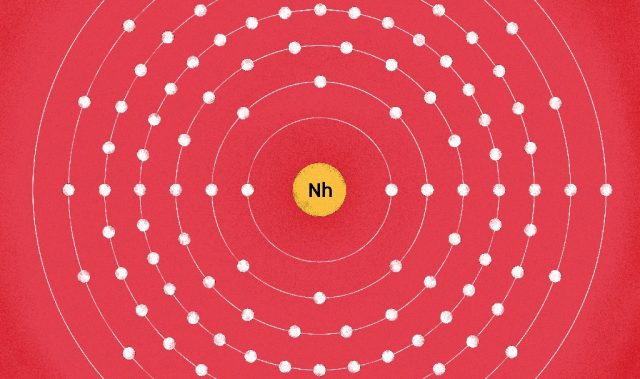
AsianScientist (Jan. 22, 2018) – Scientists in Japan have used supercomputing to improve the prediction of rainfall and typhoons. They published their findings in the Journal of Geophysical Research: Atmospheres.
Weather prediction models attempt to predict future weather by running simulations based on current conditions taken from various sources of data. However, the inherently complex nature of the systems, coupled with the lack of precision and timeliness of the data, makes it difficult to conduct accurate predictions, especially with weather systems such as sudden precipitation.
To improve existing weather prediction models, scientists are using powerful supercomputers to run simulations based on more frequently updated and accurate data. In this study, the team led by Dr. Takemasa Miyoshi of the RIKEN Advanced Institute for Computational Science input data from the Himawari-8 weather satellite into the K supercomputer for analysis.
The Himawari-8 scans the entire area it covers in both visible and infrared light, at a resolution of up to 500 meters, and the data is provided to meteorological agencies. Infrared measurements are useful for indirectly gauging rainfall as they make it possible to obtain information about the location and altitude of clouds.
Using the power of Japan’s K supercomputer, the researchers demonstrated that by incorporating satellite data at ten-minute intervals into weather prediction models, rainfall predictions of the models were significantly improved. The rapid development of a typhoon could also be predicted more precisely.
When the researchers assimilated the data at a slower speed, updating the model every 30 minutes rather than ten minutes, the model did not perform as well, indicating that the frequency of data assimilation is critical.
“It is gratifying to see that supercomputers, along with new satellite data, will allow us to create simulations that better predict sudden precipitation and other dangerous weather phenomena, which cause enormous damage and may become more frequent due to climate change,” said Miyoshi. “We plan to apply this new method to other weather events to make sure that the results are truly robust.”
The article can be found at: Honda et al. (2018) Assimilation of Himawari-8 All-Sky Radiances Every 10 Minutes: Impact on Precipitation And Flood Risk Prediction.
———
Source: RIKEN; Photo: Japan Meteorological Agency.
Disclaimer: This article does not necessarily reflect the views of AsianScientist or its staff.












